- Ingredients
- Skin care 101
- Skin types
Toners: What’s the Deal? And Why Do I Need One?

If you’re wondering what a toner does for your skin, or if you should be using one at all, you’re not alone. Toners have advanced greatly from the alcohol-soaked pads you relied on as a teen. But finding the one that’s right for you can be tricky, especially if you’re not sure what to look for and why. To know that, you need to understand what a toner does — or better yet, what you want it to do. Seems like a relatively simple question, right?
So, what does a toner do? The answer: It depends.
Ok, that’s an annoying response. But like all skin care products, the way they work and what they’re designed to do is specific to the skin type or skin concern they were created to treat. A toner made for someone with oily or blemish-prone skin is going to work a lot different than a toner made for someone with dry or sensitized skin. The good news is that once you’ve identified your skin care needs, the right toner can do a lot. So, let’s start there.
Normal-to-Oily & Blemish-Prone Skin
Chances are, if you’re in this category you’re looking to minimize congestion, balance oil, refine pores and rid the skin of excess buildup. With that in mind, the superhero ingredients you should be looking for in your toners are salicylic acid, mendalic acid and retinol. Toners with at least one of these heroes gently exfoliate the top layer of corneum cells and minimize blockage for fewer flare-ups. Our skin-brightening go-to is Olga Lorencin’s Re-Balancing Tonic.
HOW TO USE
Step one: cleanse; step two: tone. For best results, swipe your toner on with a cotton round to remove any remaining product residue, as well as any makeup that may have been left behind after your cleanse. If you’re headed to the gym, toss your toner in your bag and use immediately after your work out. This goes for your back and chest too if you’re prone to congestion there. Need an impromptu mask or spot treatment? Soak a piece of gauze with your toner, apply to the skin and leave on for 15-20 minutes.
Normal-to-Dry & Mature Skin
Replenishing lost hydration is everything when it comes to treating dry or mature skin types. Staying away from toners that leave the skin feeling stripped or tight is really important. Opt for serum-like toners with nourishing humectants like skin-plumping sodium PCA and sodium hyaluronate. Our obsession: Olga Lorencin’s Dry Skin Toner. And when we say we’re obsessed, we mean it. If you have dry skin, you should be using this toner.
HOW TO USE
When you’re using a toner to add moisture to the skin, you have a bit more flexibility in how you can use it. You can use immediately after you cleanse, or as a replacement to your cleanser (though we would only recommend using a toner as a replacement to your morning cleanse). You can apply using a cotton round, or by massaging directly into the skin using your fingertips. Traveling? Pour your toner into a travel-size spray bottle and mist your skin throughout your flight.
Dehydrated Skin
There’s a bit of confusion surrounding dehydrated skin. Dry skin refers to a lack of natural oils. Dehydrated skin refers to a lack of water. This means that even the oiliest skin types can be dehydrated. This is where using a hydrating toner can really come in handy. For dry and dehydrated skin types, a hydrating toner adds another layer of moisture, while additionally prepping the skin for higher levels of product penetration. For oily and dehydrated skin types, a hydrating toner can be an alternative to using a moisturizer, or as a weightless layer, only adding to the benefits of an oil-free moisturizer. Olga Lorencin’s Dry Skin Toner is (again) our toner of choice for dehydrated complexions.
HOW TO USE
If your skin is dry and dehydrated, check out the how-to section above for normal-to-dry and mature skin. If your skin is oily and dehydrated, you have a few options. You can use your hydrating toner as an alternative to a moisturizer. If you’re already using a toner to help combat the challenges that come with an oilier complexion, layer the hydrating toner over it. If you’re comfortable using a moisturizer, use your hydrating toner underneath for a weightless layer of added hydration.
Sensitive
If your skin is prone to redness or irritation, you’ll want to steer clear of alcohol-based or overly active toners. Opt for calming and soothing ingredients like cucumber extract and antioxidants like grape seed and gotu to purify and strengthen the skin. Our pick for sensitive skin (no surprise) is Olga Lorencin’s Dry Skin Toner.
HOW TO USE
Refer to the how-to for normal-to-dry and mature skin, but skip the part about massaging the product in with your fingertips. With sensitive skin, the less stimulation, the better.
Body
Here’s a great life hack for you. For weddings, cocktail parties and black-tie events, the (wait for it) Dry Skin Toner makes an excellent, non-greasy body moisturizer.
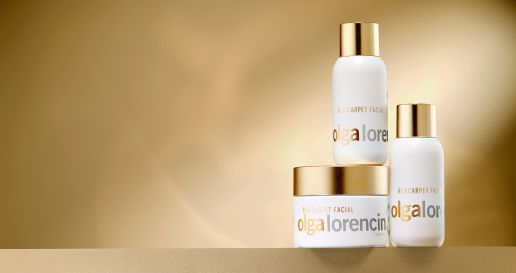
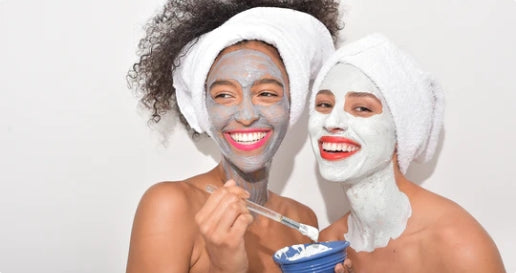
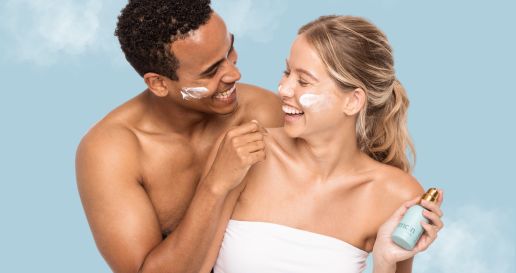


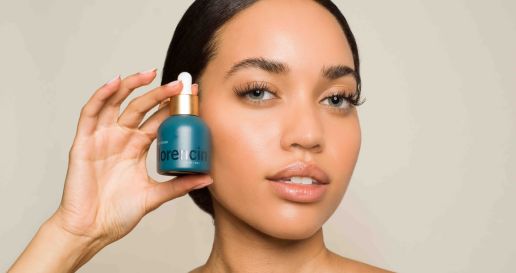
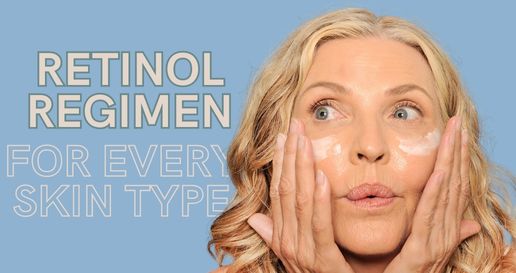
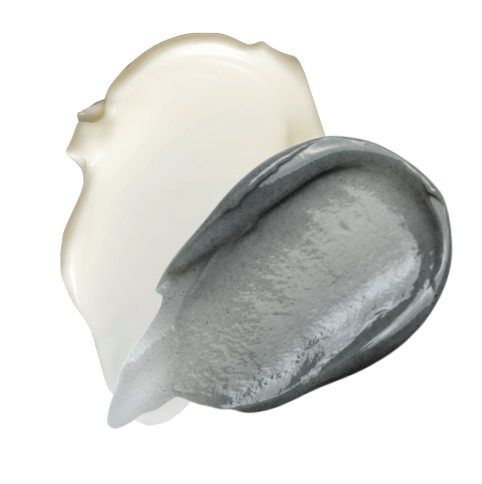
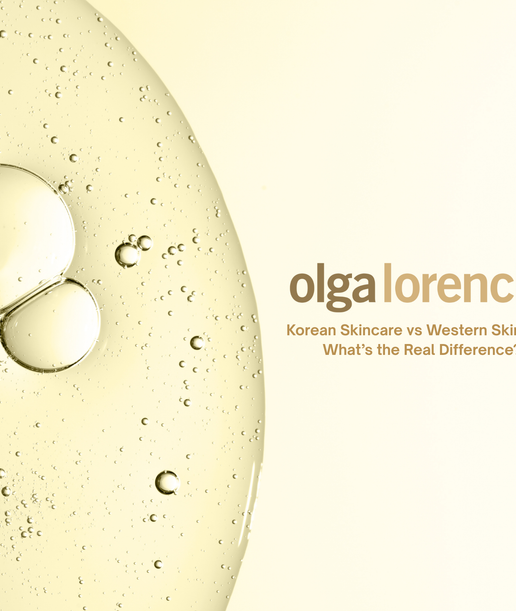
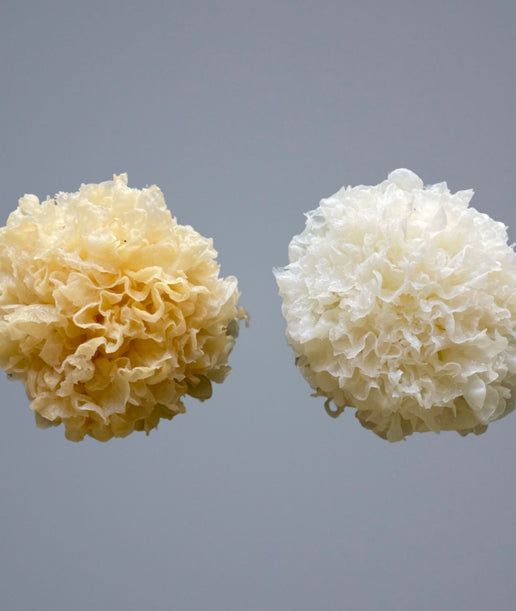
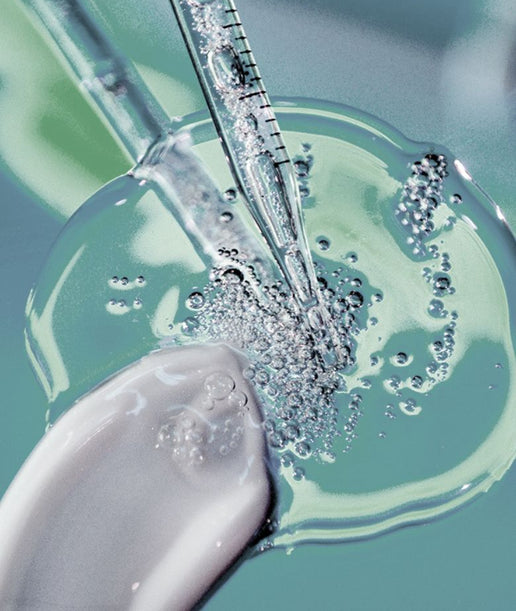
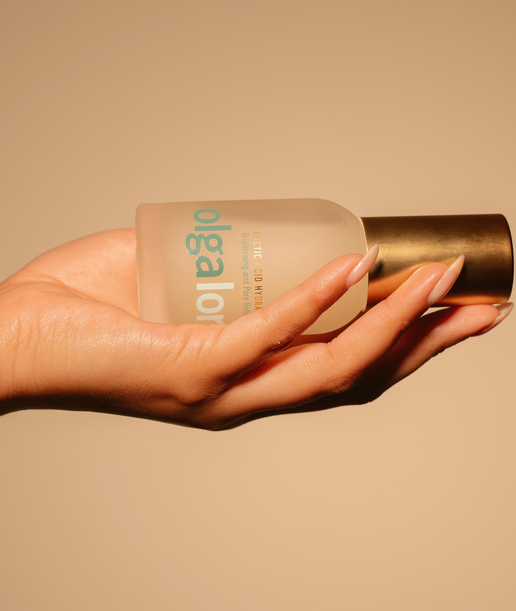
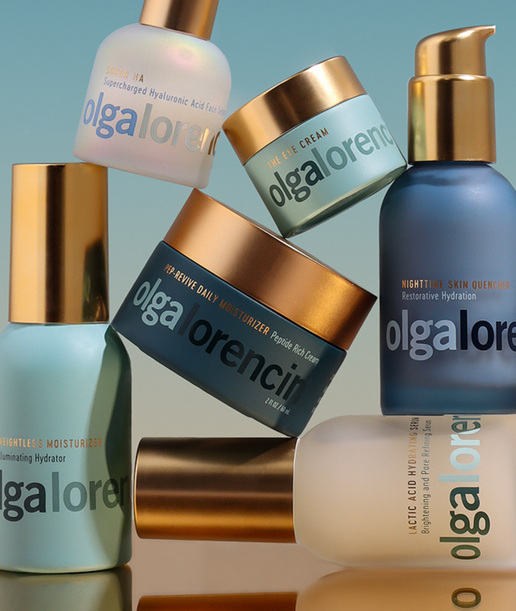
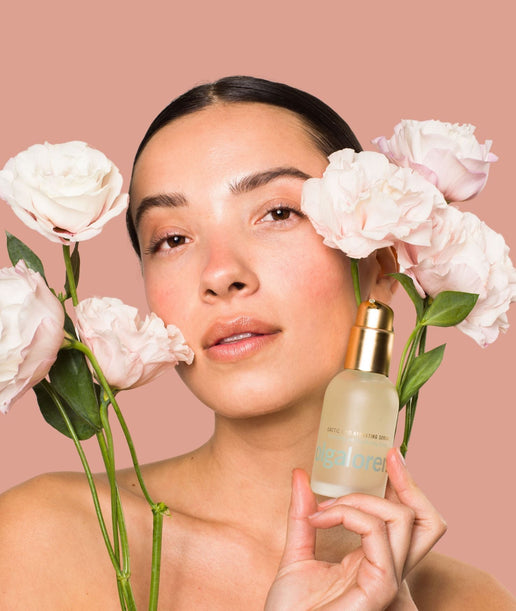
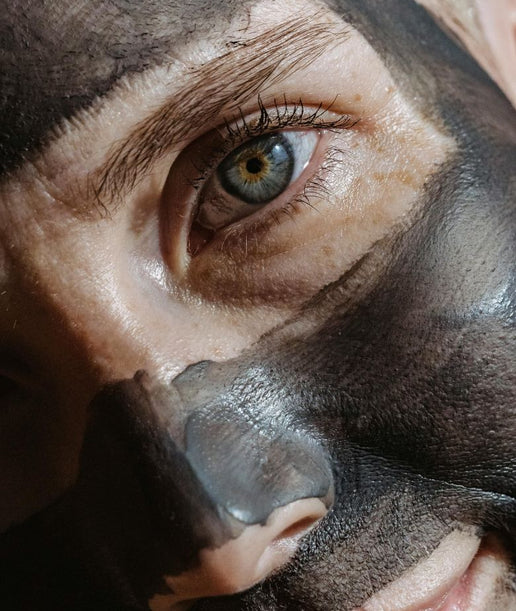
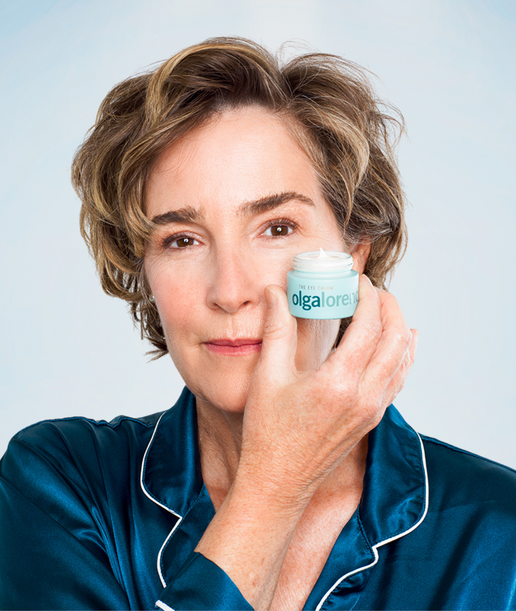
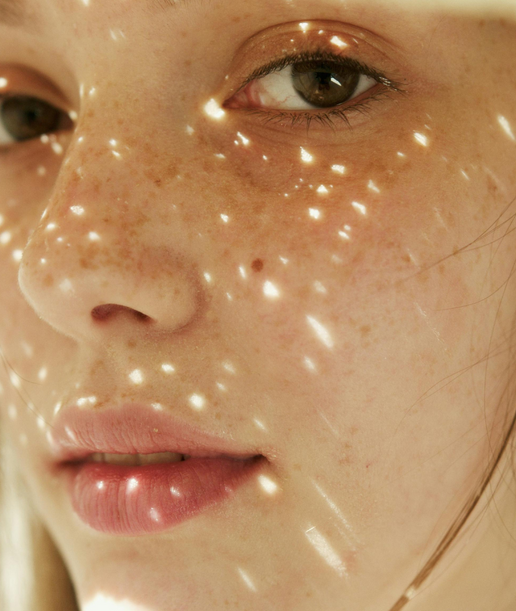

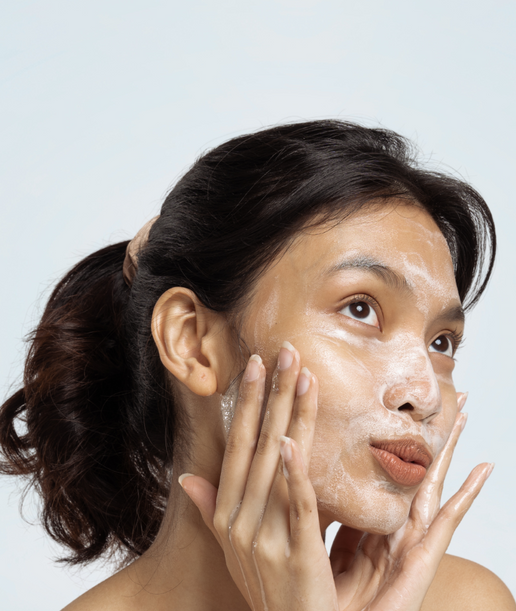
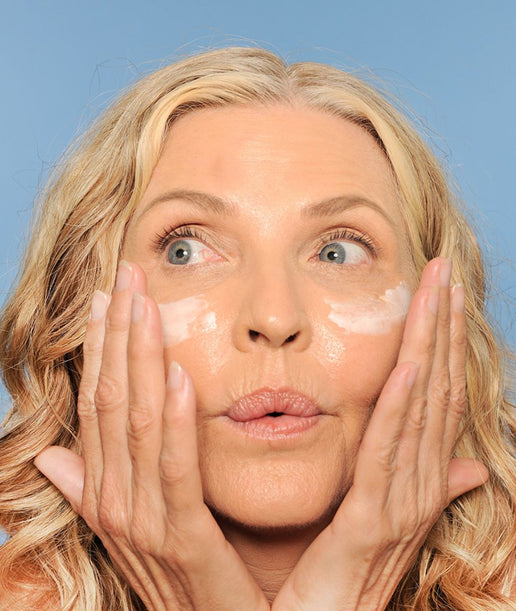
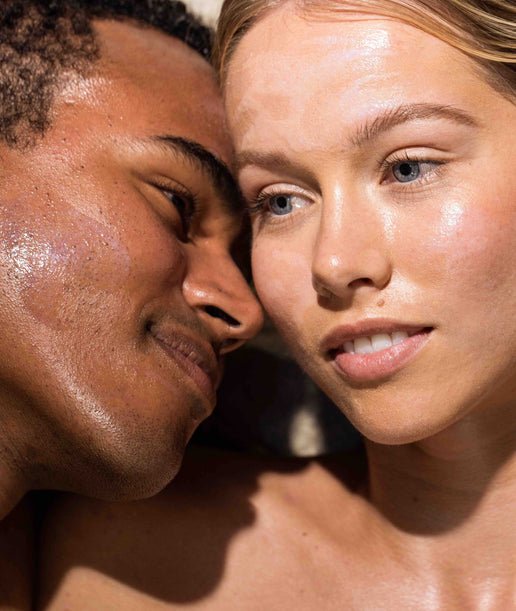
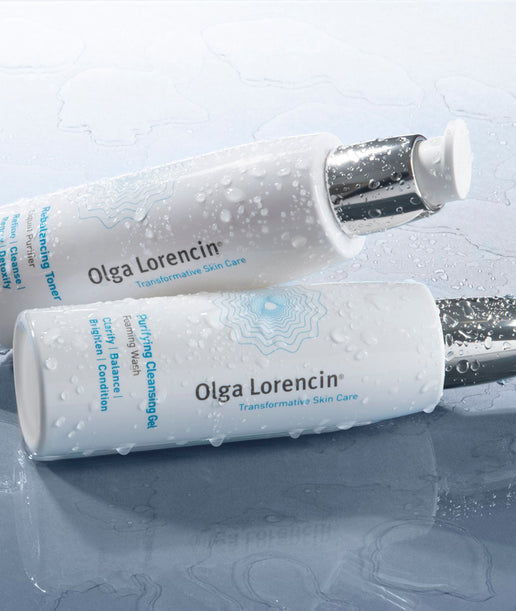
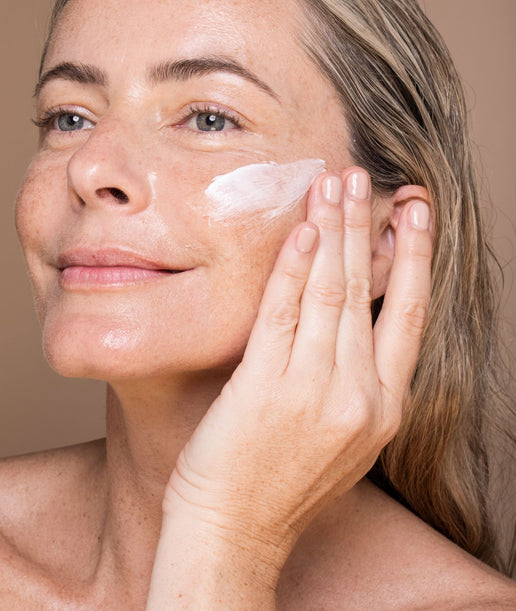
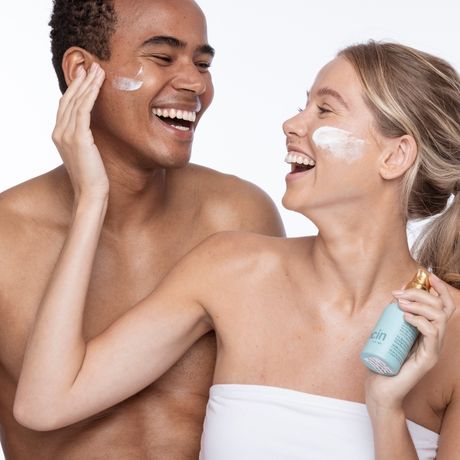
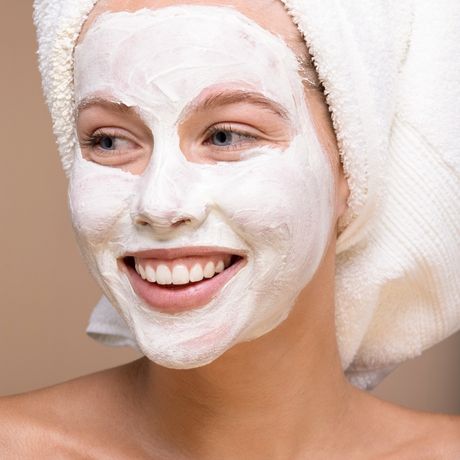
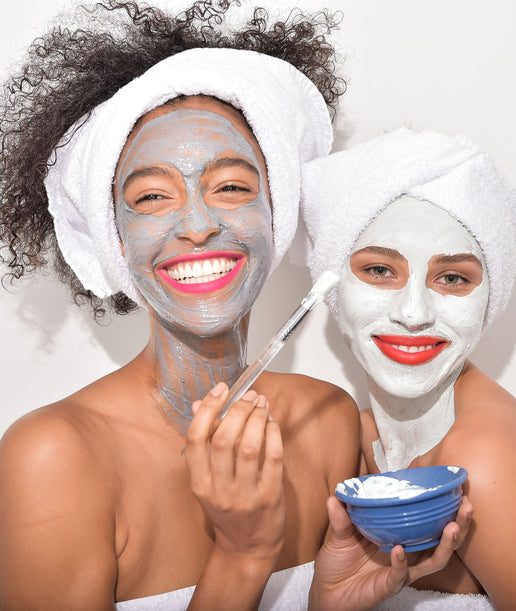

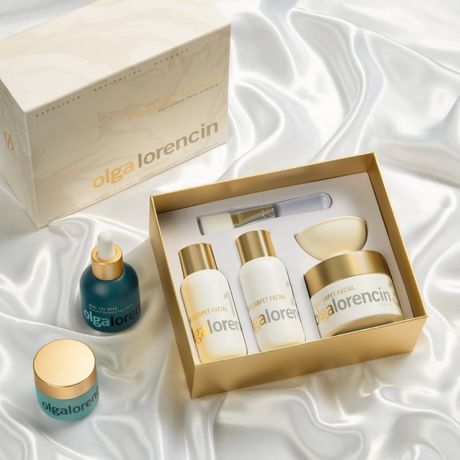
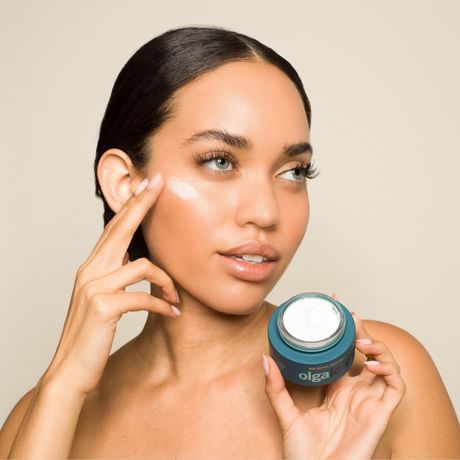

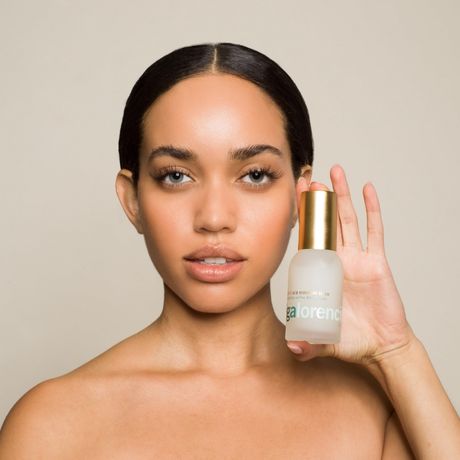
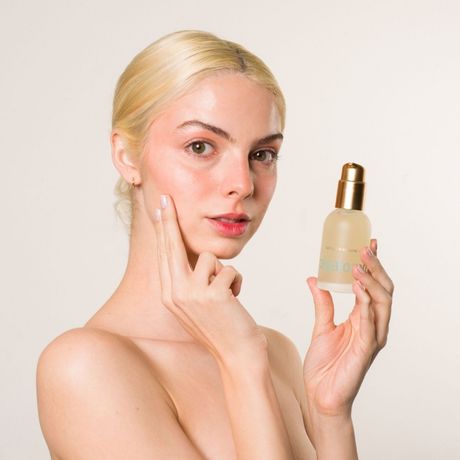

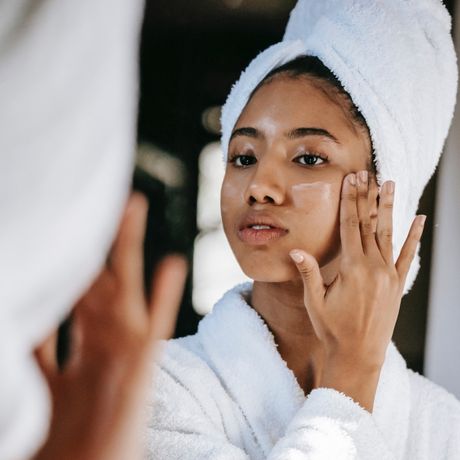
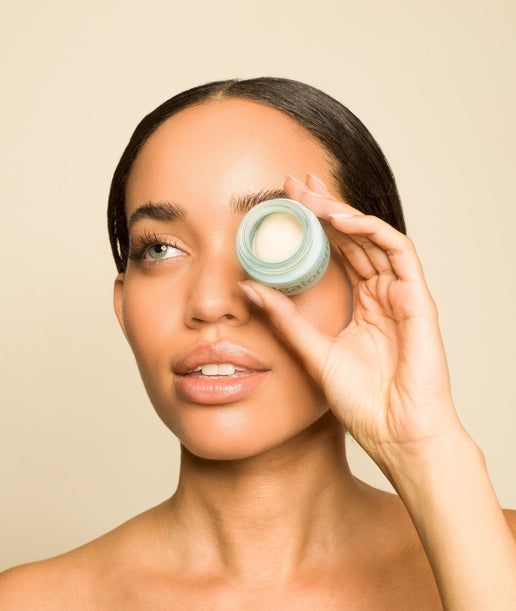

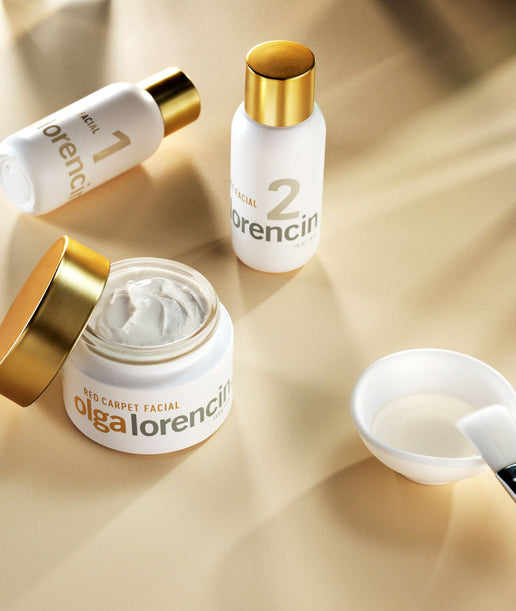

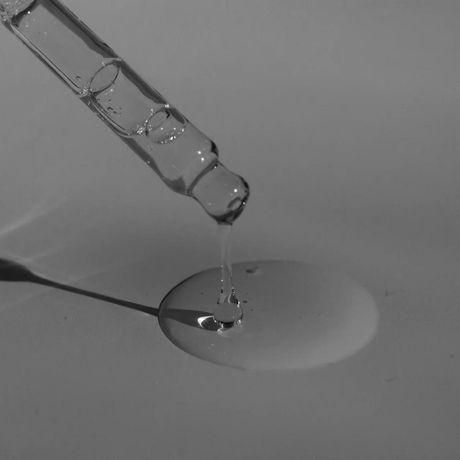

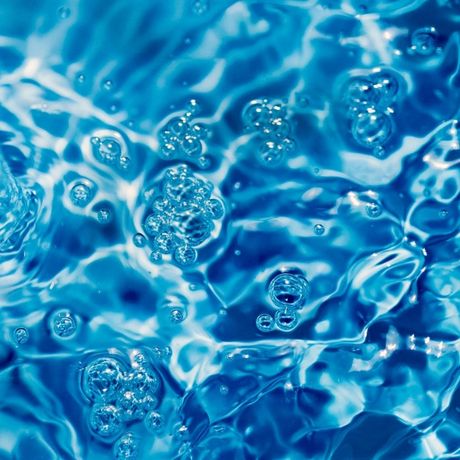
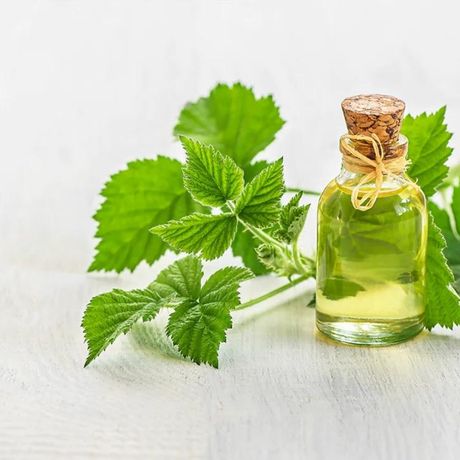
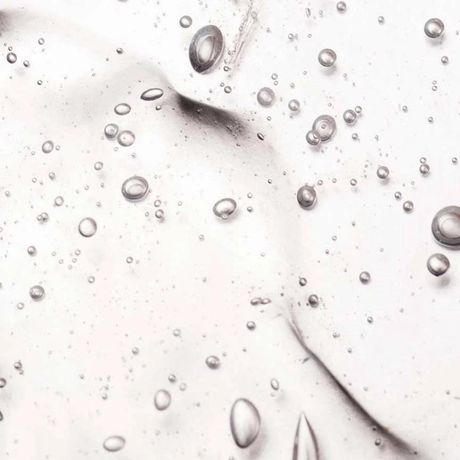
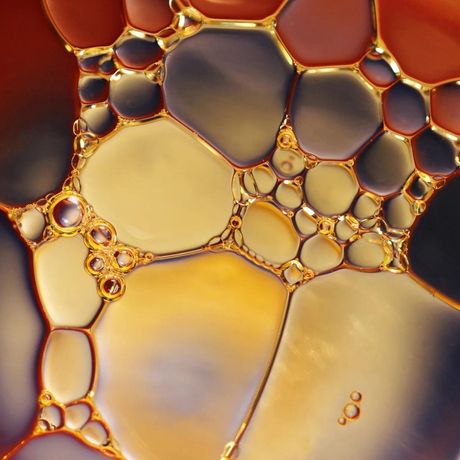
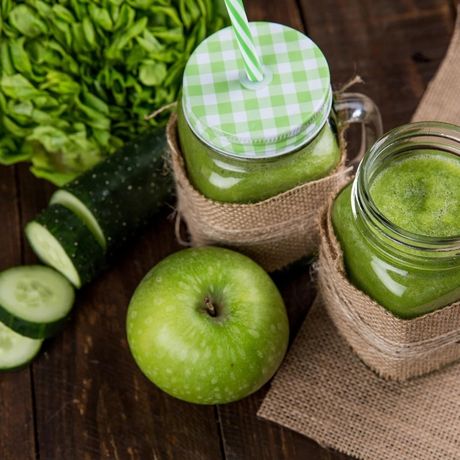
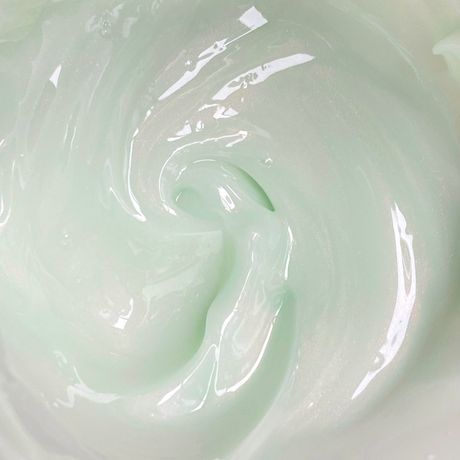
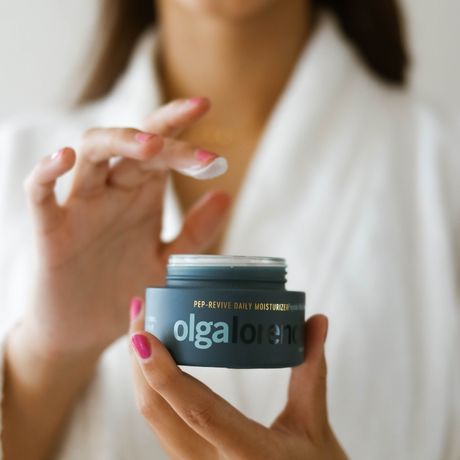
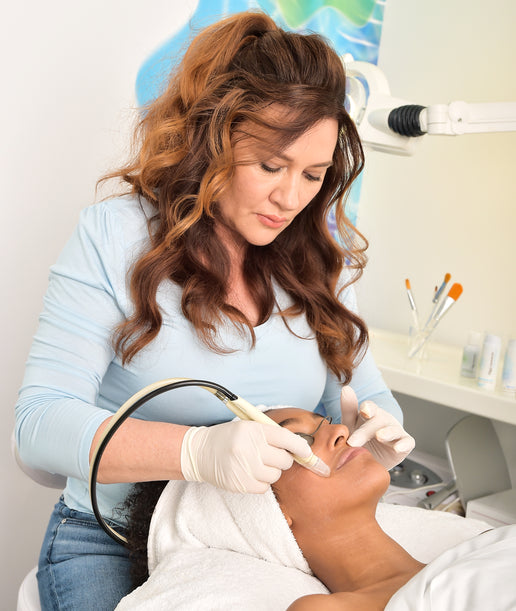
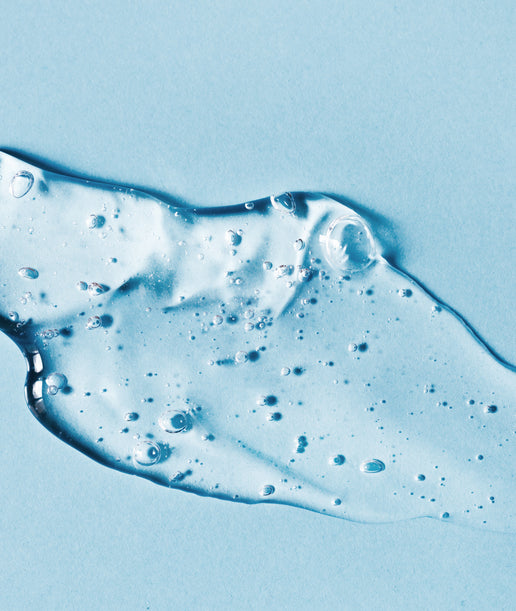
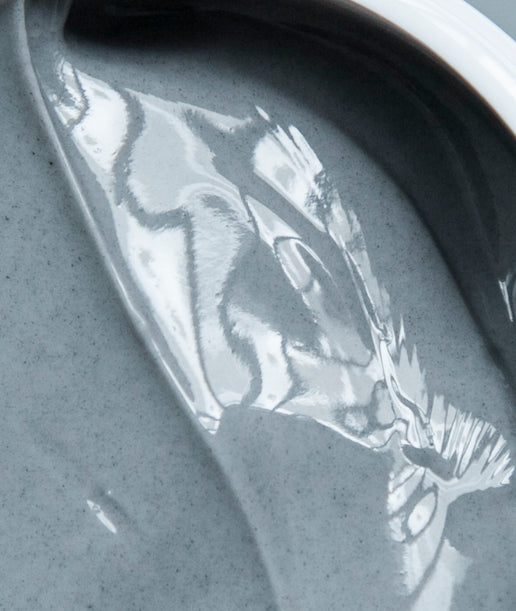
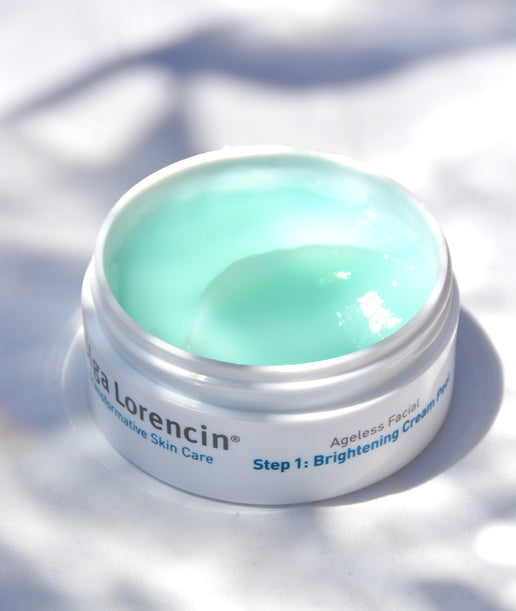
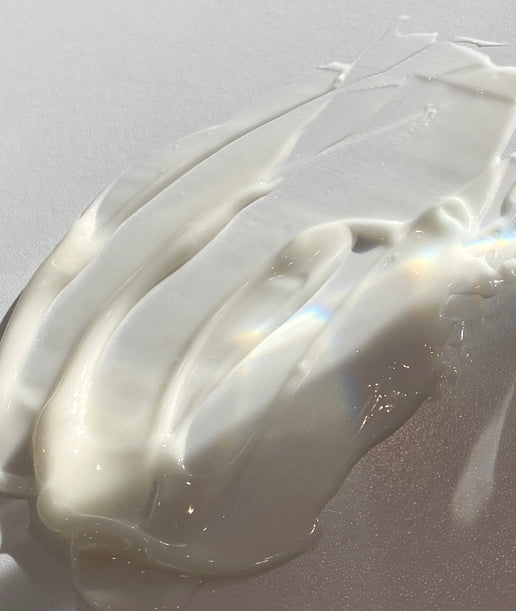
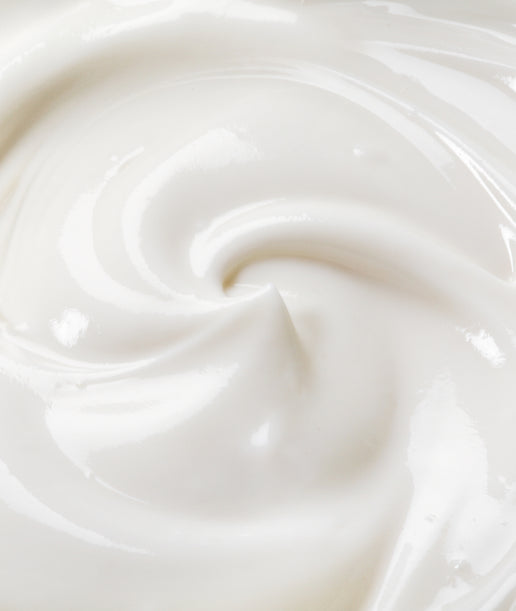
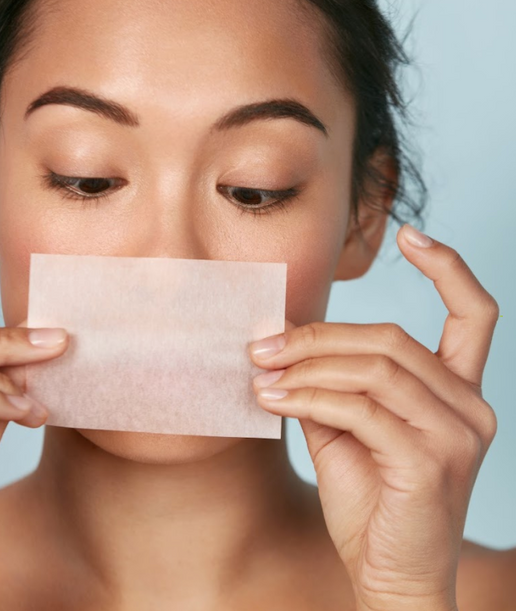
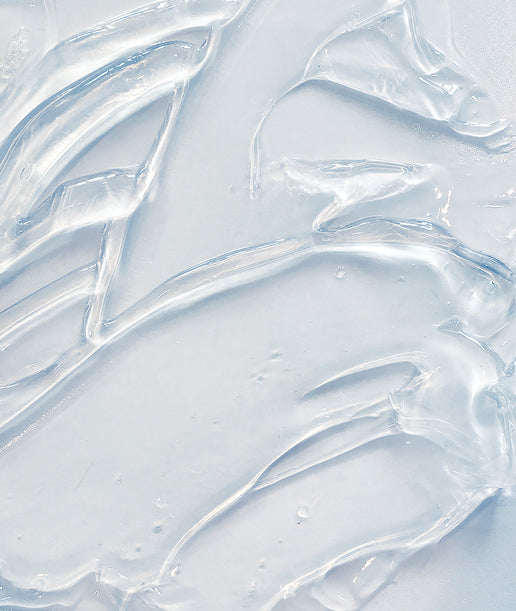
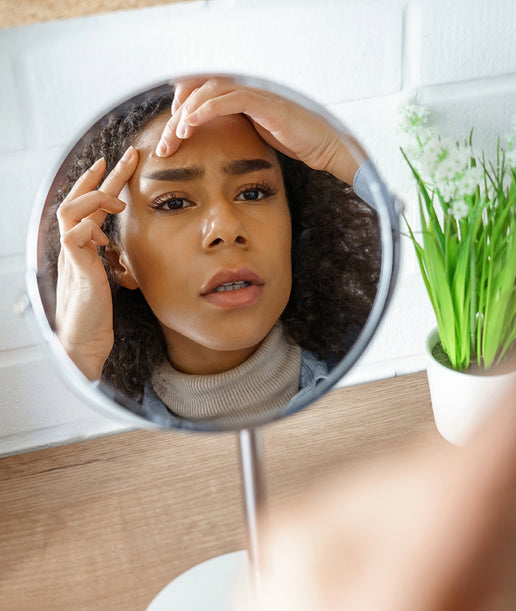
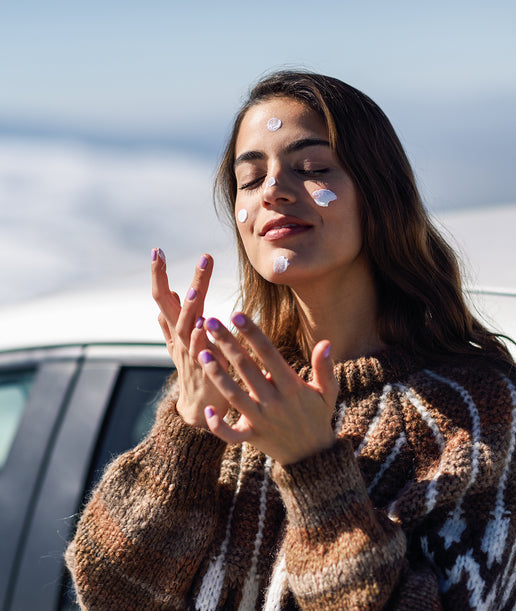
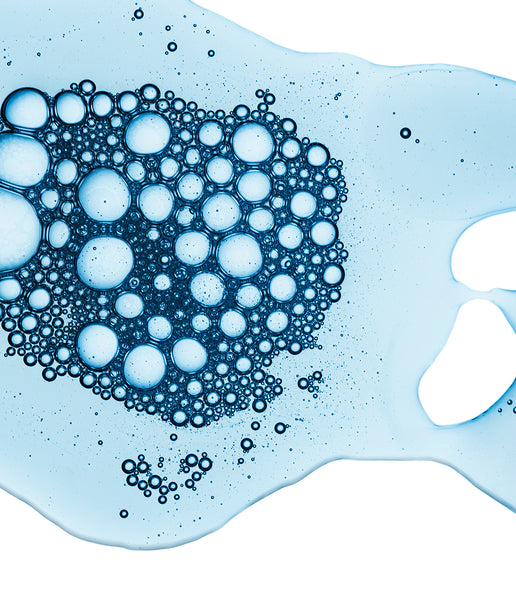
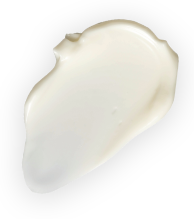 Unlock 15% off your first order
Unlock 15% off your first order